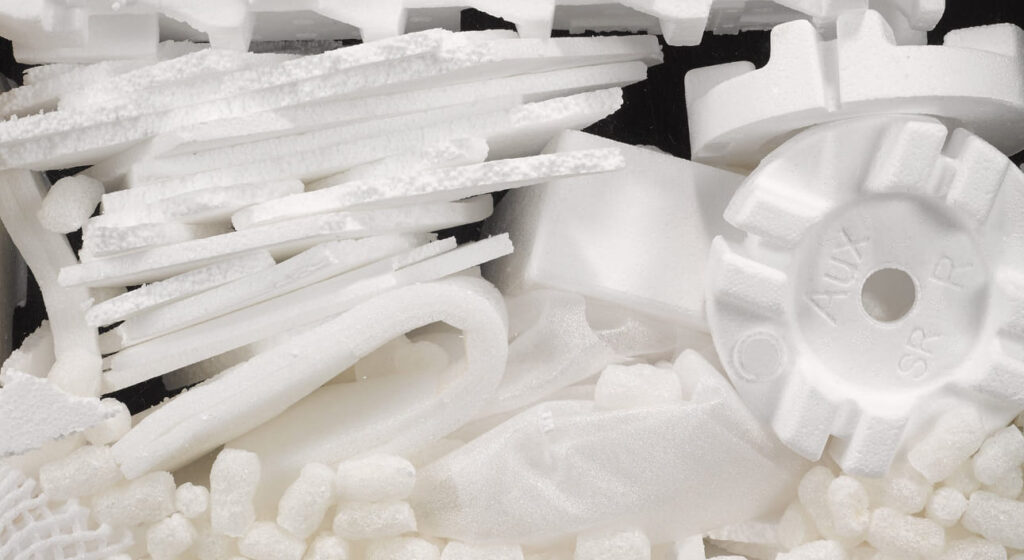Expanded Polystyrene (EPS) is a material that presents a significant challenge to waste management systems around the world. Its durability is a double-edged sword: it makes it an excellent packaging material but also renders it a persistent pollutant. Creative approaches to expanded polystyrene disposal are not only practical but can also assume a critical role in environmental conservation.
Upcycling EPS Waste
Unlike recycling, upcycling adds value to the original material by transforming it into products with new and beneficial uses. Artists and DIY enthusiasts, for example, use it in craft projects—turning waste into sculptures, holiday decorations, and even practical home items like picture frames and planters.
On a larger scale, innovators are transforming it into building materials. Mixed with concrete, can be utilized as lightweight, insulating blocks for construction, creatively diverting significant amounts of waste from landfills.
Chemical Innovation
The process involves breaking down the polymer chains of EPS using chemical agents, reverting them to their original monomers. These can then be purified and reused to manufacture new polystyrene products. Although still being refined, this process has the potential to offer a closed-loop solution for expanded polystyrene recycling, reducing the need for virgin polystyrene production.
Biological Breakdown
One of the most intriguing approaches involves biological degradation. Recent studies have discovered that certain insects and microorganisms can digest and break down it. For instance, mealworms and some bacteria have shown the ability to metabolize this into harmless byproducts. Although still at an experimental stage, these findings could lead to the development of biological reactors where it is broken down naturally.
Community Action and Engagement
Special programs can encourage its users to collect and sort their waste, which can then be directed to proper disposal or included in larger recycling efforts. Educational campaigns can raise awareness about the importance of its disposal and the environmental issues associated with it.
Such community-led initiatives can help to bridge the gap between the limited recycling infrastructure and the need for responsible waste management, fostering a culture of environmental stewardship at the local level.
Conclusion
Creative approaches to the expanded polystyrene disposal underscore the myriad ways we can tackle this environmental challenge. From leveraging art and construction to pioneering scientific research and fostering community initiatives, these strategies hold the power to revolutionize how we think about—and dispose of—plastic waste. As we continue to innovate, the goal of sustainable and circular use of materials seems ever more attainable.

